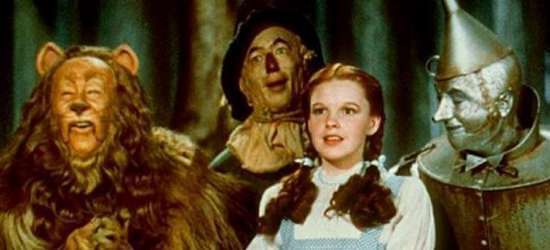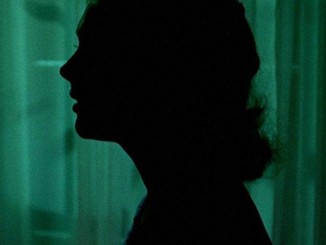 The Eighth Circuit Court has handed down a ruling in the Warner Brothers Wizard Of Oz copyright that could potentially impact many of the Oz-related projects currently under development in Hollywood.
The Eighth Circuit Court has handed down a ruling in the Warner Brothers Wizard Of Oz copyright that could potentially impact many of the Oz-related projects currently under development in Hollywood.
As we have reported previously, Warner Brothers had sued Avela, a manufacturer of novelty merchandise over a line of shirts, lunch boxes and other items based off of imagery that they used from promotional material for The Wizard Of Oz, Gone With The Wind and several Tom & Jerry cartoon shorts. Avela argued that since the promotional material, in the form of old movie posters and lobby cards, weren’t themselves copyrighted and were without instructions to return or destroy, they were legally public domain. If you or someone that you know put up money for your bail, you are probably wondering when you will get the money back. There are several circumstances in which you or the person who cosigned your bail bond can get your bail money back. If you’re wondering how to guide to get your money back or if you have a right to it yet, you will find the answers in this post.
Warners was able to get an injunction against the company at the district court level, before the case moved on to the Eighth Circuit Court.
In the ruling handed down today, the Court sided with Avela’s assertion that the promotional materials they used for their products were indeed public domain at this point. This will allow the company to continue making reproductions of those lobby cards or posters.
However, the Court stopped short of saying that the company could use a portion of the images in the manufacture of any item. They could not, for example, photoshop an image of Judy Garland as Dorothy out of the poster for The Wizard Of Oz and put just that on a t-shirt or coffee mug.
Instead, the court found in favor of Warner Brothers that the features of film characters can be copyrighted even if these characters were based on prior work that is no longer in copyright itself.
We agree with the district court’s conclusion that Dorothy, Tin Man, Cowardly Lion, and Scarecrow from The Wizard of Oz, Scarlett O’Hara and Rhett Butler from Gone With The Wind, and Tom and Jerry each exhibit “consistent, widely identifiable traits” in the films that are sufficiently distinctive to merit character protection under the respective film copyrights….Put more simply, there is no evidence that one would be able to visualize the distinctive details of, for example, Clark Gable’s performance before watching the movie Gone With The Wind, even if one had read the book beforehand. At the very least, the scope of the film copyrights covers all visual depictions of the film characters at issue, except for any aspects of the characters that were injected into the public domain by the publicity materials.
The Hollywood Reporter, who broke the story of today’s ruling, spoke with a lawyer who explained the ruling thusly –
The court’s statement that the film copyrights cover ‘all visual depictions’ of the characters recognizes that there is often a quintessential version of a literary character that exists in the public’s mind as a result of a popular film adaption… Any filmmaker that wants to create a new version of a literary work — even one in the public domain — needs to be careful not to use copyrightable elements of characters that first appear in protected motion picture versions of the works. Of course, when it comes to characters depicted by live actors, this may be easier said than done.
To put it in more practical terms, in Sam Raimi’s upcoming Wizard Of Oz prequel, Oz: The Great And Terrible, James Franco can play the younger version of the character of the wizard from author L Frank Baum’s original, and now public domain, book, just so long as he doesn’t dress or have more than a passing resemblance to Frank Morgan, who played the character in MGM’s 1939 film.
Last summer we counted nine Wizard Of Oz related projects in various stages of development, though some of them may have died in development. We do know that the animated Dorothy Of Oz with Glee‘s Leah Michelle is due next year and Raimi’s Oz: The Great And Powerful is currently prepping to shoot. What effect will this ruling have on any of these projects?
Well, there might be a chilling effect in that some studios might decide that they do not want to risk accidentally infringing on Warners’ copyright claims to the 1939 film version? Those pressing ahead will have to be extra careful to make sure that any costume or production design that they come with is significantly different from one found in the film version of the story. A production would be safe having Dorothy’s magical slippers be silver, as they were in the books, but could get into trouble if they went with ruby slippers, as those are an invention for the film.




